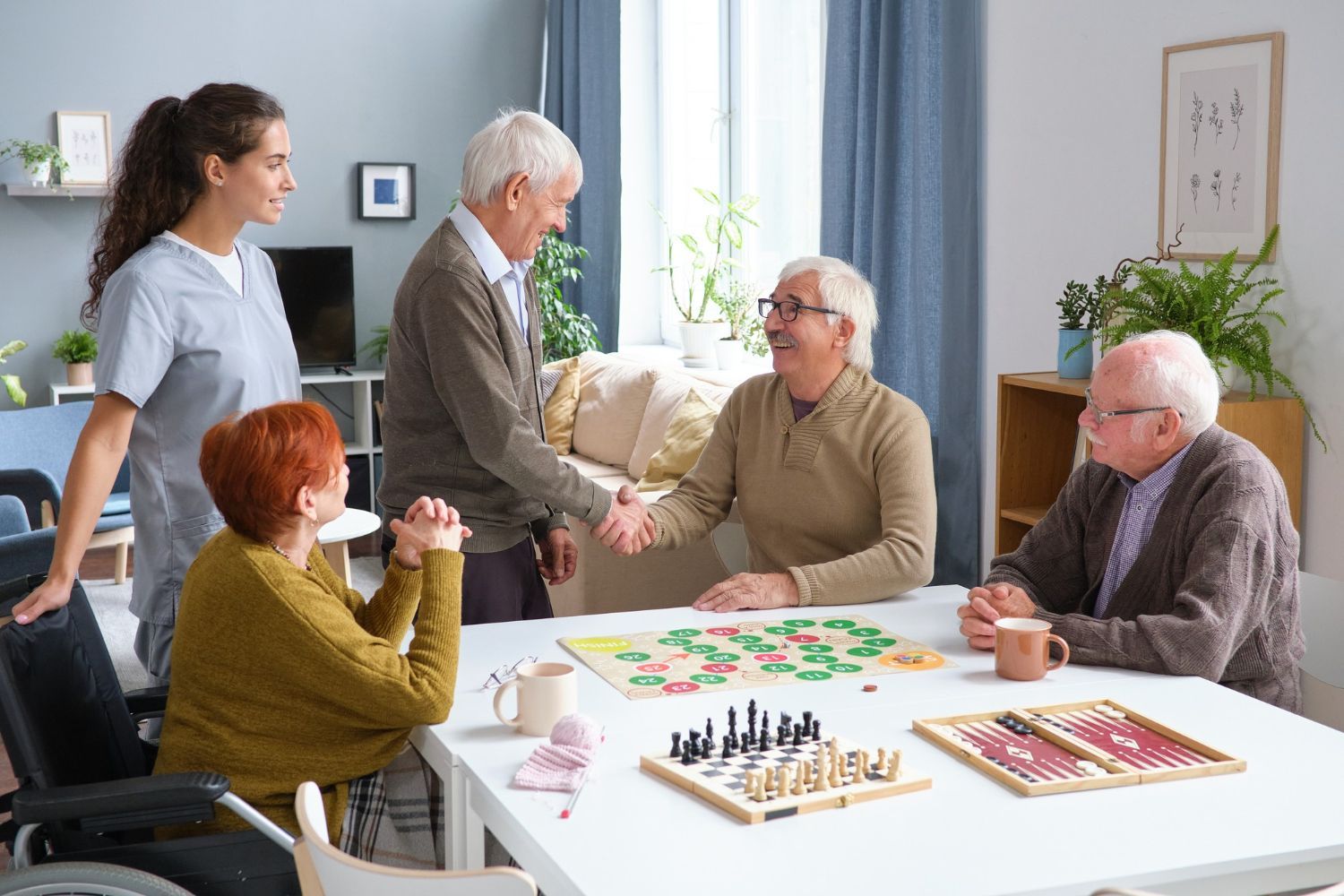Creating a Day Centre Experience That Supports Both Clients and Carers: What Dementia-Friendly Design Really Means
As Australia’s population ages, the need for thoughtful, accessible, and therapeutic environments for people living with dementia is more pressing than ever. Day centres are fast becoming essential community touchpoints—not just for individuals with dementia, but also for their families and carers. At Tarrays, we believe that the success of any dementia day centre begins with one critical factor: dementia-friendly design.
But what does this term really mean? Beyond ramps and signage, dementia-friendly environments are about enhancing well-being, reducing confusion, and promoting independence. In this blog, we explore how strategic design choices can transform the experience of dementia care—and how Tarrays is leading the way in creating spaces that truly support both clients and carers.
Understanding the Needs of People with Dementia
Dementia affects memory, cognition, mood, and spatial awareness. Environments that might feel ordinary to someone without dementia can be overwhelming or disorienting to someone living with the condition.
Poor lighting, mirrored surfaces, loud noises, or overly complex layouts can increase agitation and confusion. That’s why day centres must be more than just “accessible”—they need to actively reduce cognitive stress and encourage calm, purposeful engagement.
At Tarrays, we understand that design is not just about style—it’s about function and empathy. Every decision we make, from the colour of the walls to the placement of furniture, is informed by dementia care best practices and clinical research.
Key Elements of Dementia-Friendly Design
Here are some of the fundamental features that define a truly supportive environment for dementia clients—and how Tarrays integrates these principles into our day centres:
1. Clear Visual Cues
Signage in dementia-friendly spaces should be large, legible, and use both words and symbols. Colour contrast between floors, walls, and furniture helps clients distinguish different zones easily.
At Tarrays, we use consistent colour coding and intuitive layouts so that clients feel more in control and less reliant on staff for navigation.
2. Natural Lighting and Minimized Glare
Bright, natural lighting improves mood and helps regulate circadian rhythms, which are often disrupted in dementia. Our day centres use large windows and skylights to ensure well-lit spaces, while avoiding harsh reflections that may be confusing or distressing.
3. Noise Control
Acoustic insulation is essential. Loud or jarring noises can trigger anxiety or behavioural responses in people with dementia. We use soft flooring, sound-absorbing materials, and zoning to maintain a calm auditory environment.
4. Safe, Open Layouts
We avoid long corridors or cluttered areas. Instead, we create open, homely spaces where clients can move freely and safely. Rounded furniture, non-slip flooring, and clearly visible exits support both comfort and safety.
5. Reminiscence Areas
Memory stimulation is critical in dementia care. Tarrays includes themed “reminiscence zones” that evoke past eras—1950s kitchens, old radios, vintage photos—helping clients reconnect with their identities and share stories in a social setting.
Why This Matters for Carers Too
A well-designed environment does more than support clients—it also empowers carers. When a space is easy to navigate, calming, and secure, staff can focus more on interaction and less on supervision. Stress is reduced, efficiency improves, and the emotional bond between carer and client deepens.
Family carers also benefit. Many experience guilt or anxiety when leaving their loved one in care. But when they see a clean, safe, and thoughtful environment, confidence and peace of mind follow.
Tarrays is committed to making our day centres a space of mutual relief, joy, and support—where both clients and carers feel valued and respected.
Tarrays: Raising the Standard in Dementia Day Care
Our dementia day centres in Victoria are designed with purpose and compassion. By combining evidence-based design principles with a person-centred care model, Tarrays offers more than just respite—we offer dignity, stimulation, and connection.
We also collaborate with dementia care specialists, occupational therapists, and family carers to continuously evolve our spaces based on real feedback and emerging research.
In a world where aged care is becoming increasingly institutional, we remain focused on what matters most: creating warm, personalised environments that feel like a second home.
Final Thoughts
Dementia-friendly design isn’t a luxury—it’s a necessity. It affects how people with dementia feel, how they engage, and how much independence they retain. For carers, it can mean the difference between burnout and support.
At Tarrays, we believe in future-ready care grounded in empathy and innovation. If you're looking for a dementia day centre that understands the real meaning of support—for both clients and carers—you're in the right place.
Contact Tarrays today to learn more about our dementia day services and how we’re reshaping aged care, one thoughtful detail at a time.












